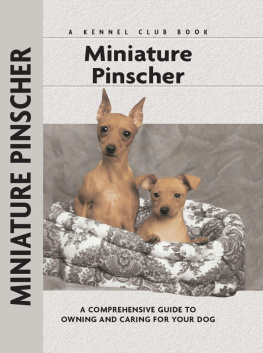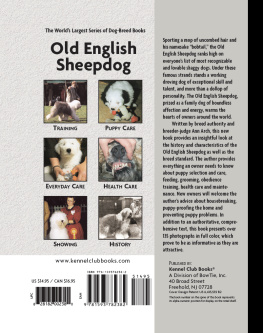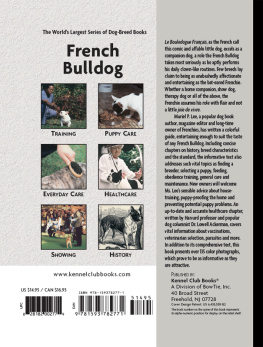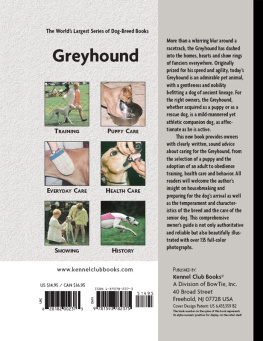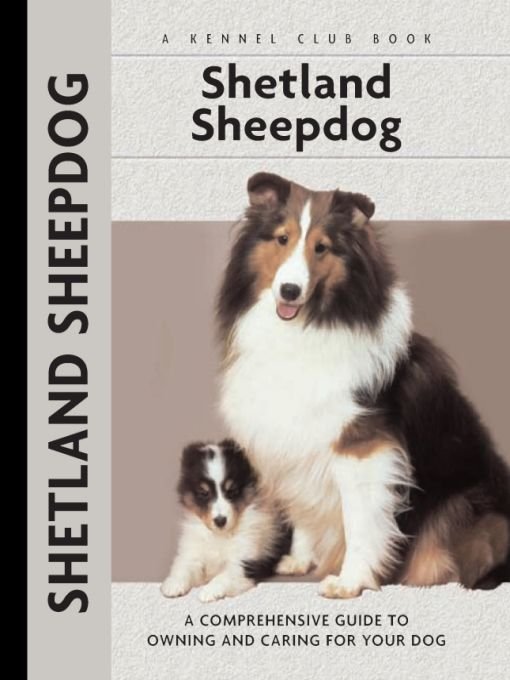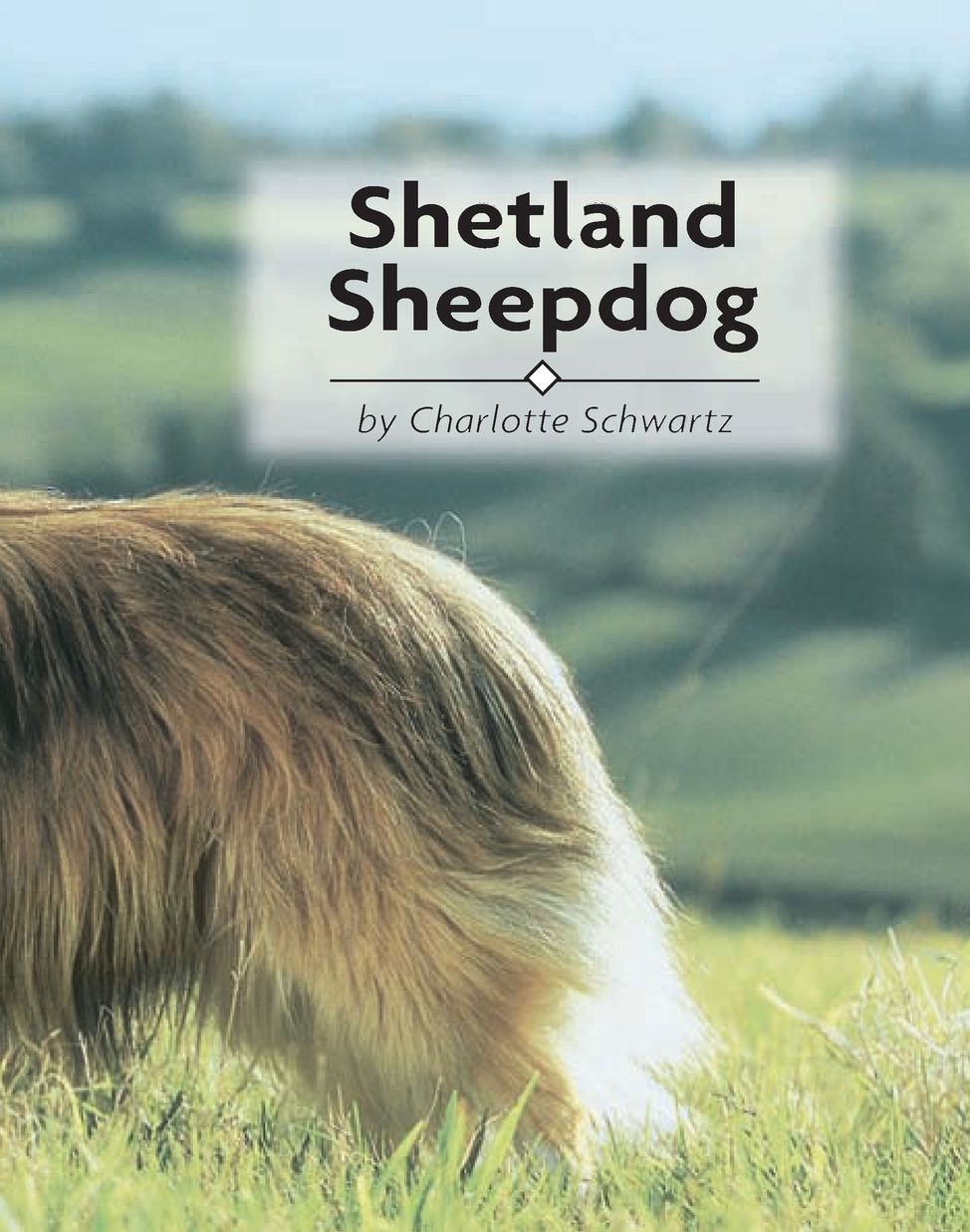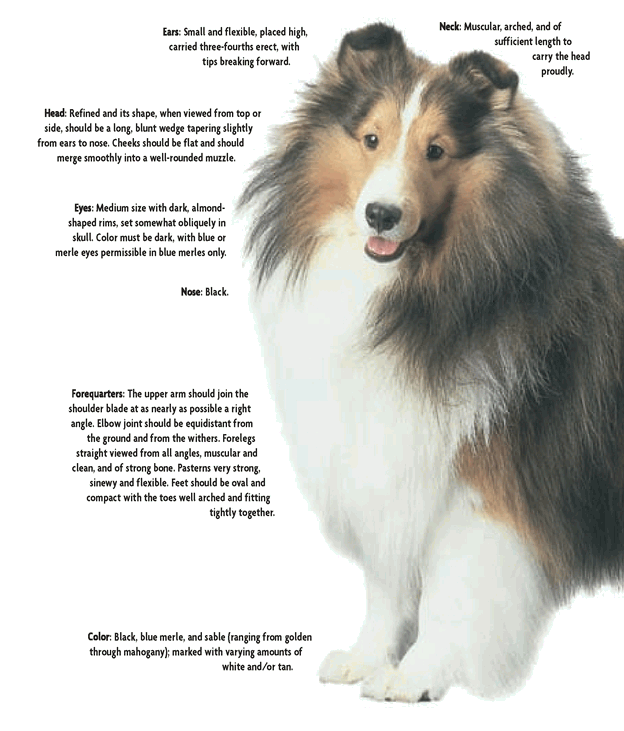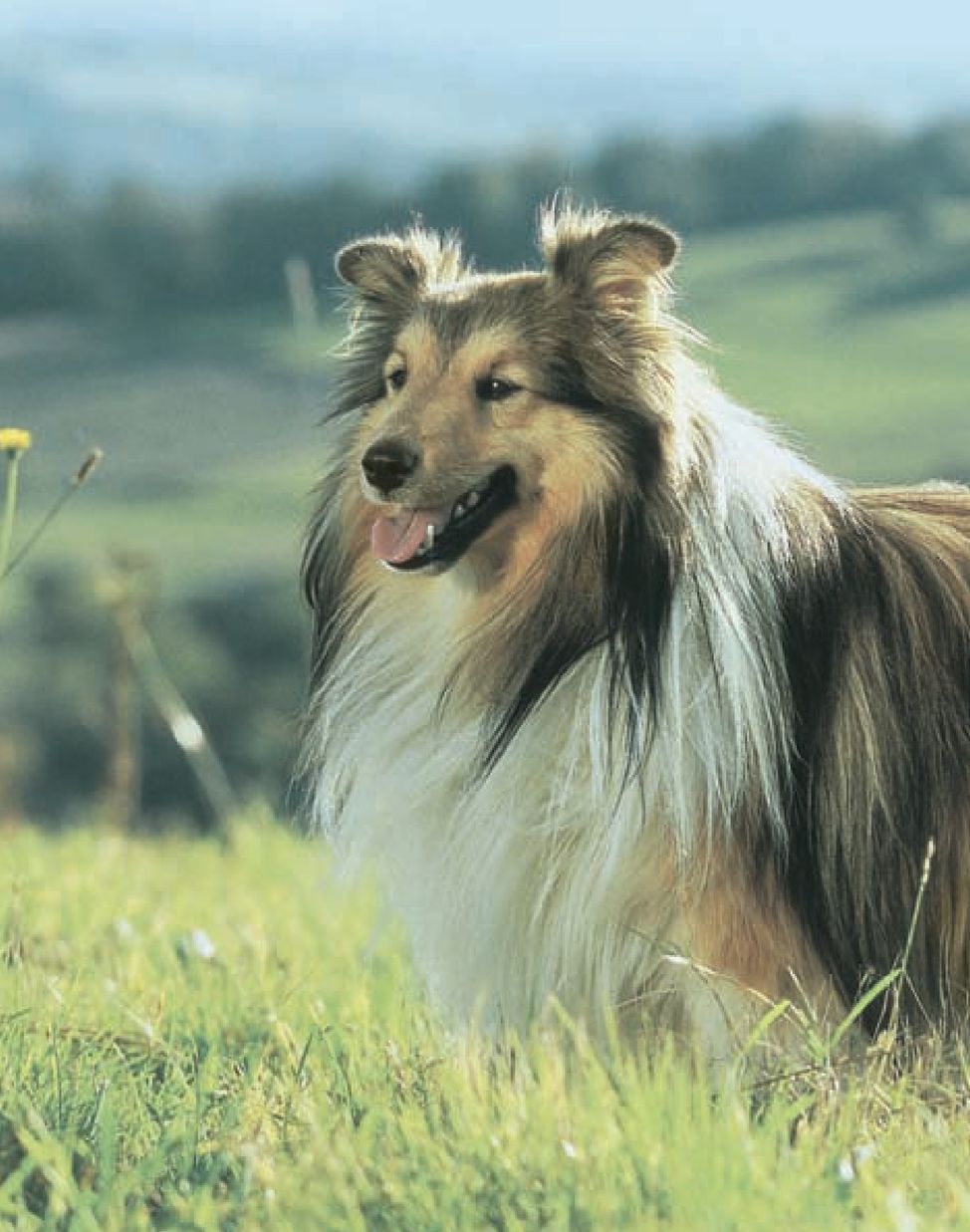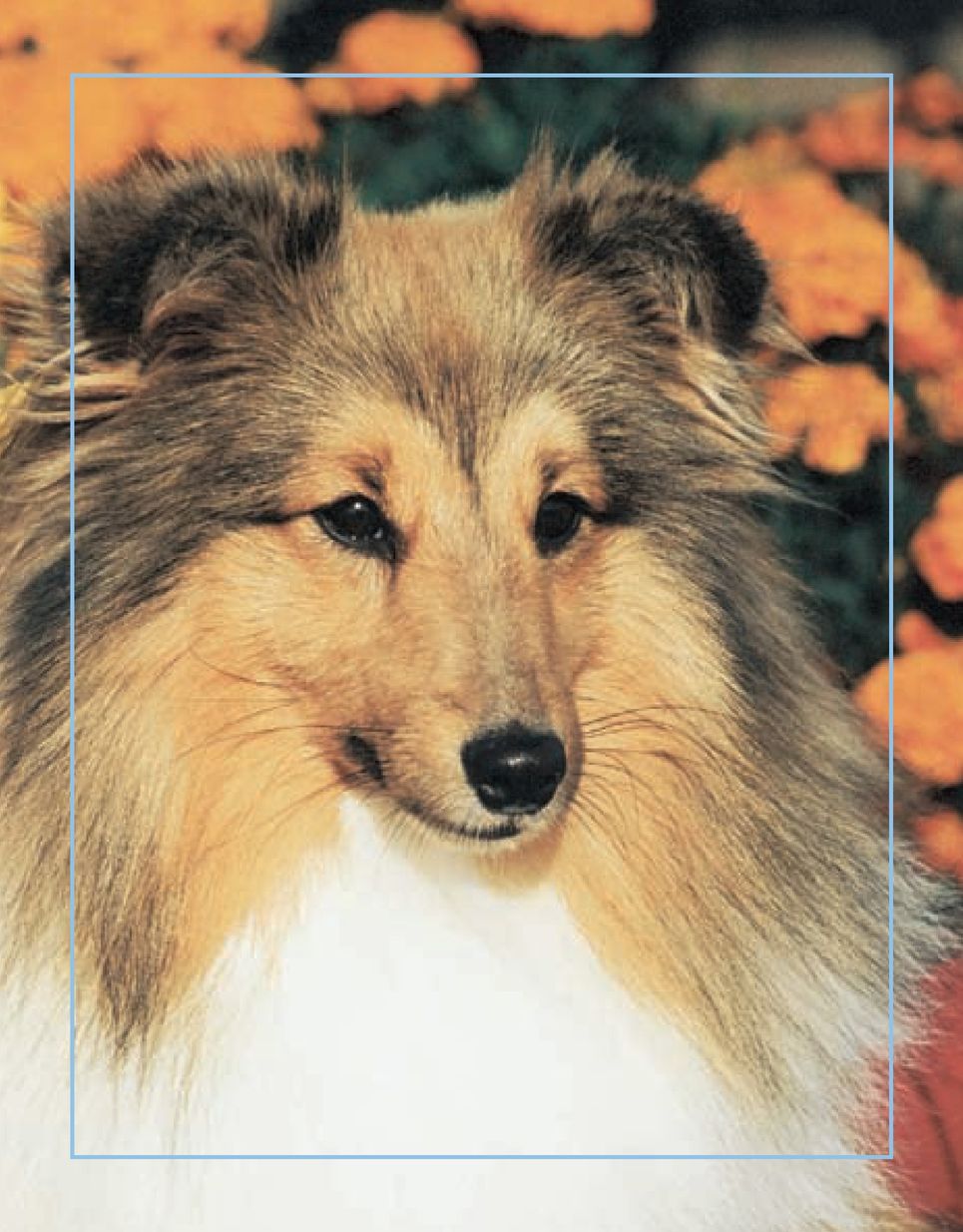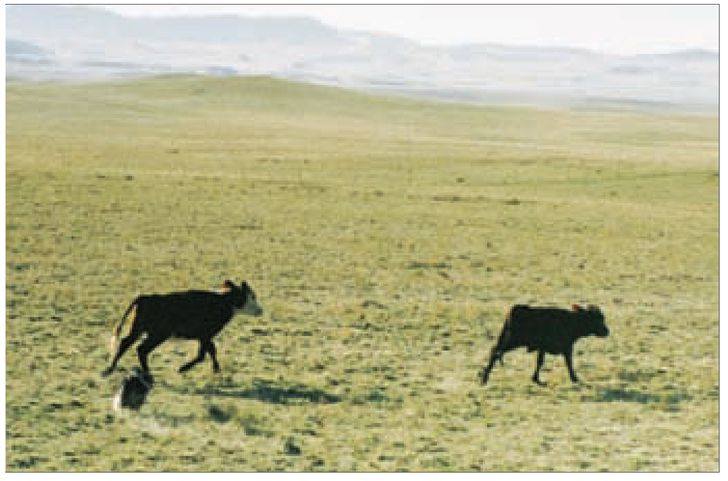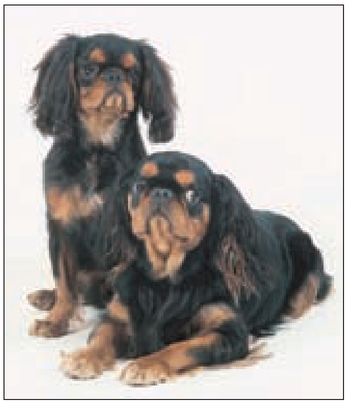Table of Contents
Opposite page: Aside from being a magnificent, beautiful representative of the dog world, the Shetland Sheepdog is a warm, loving pet for millions of homes around the world.
HISTORY OF THESHETLAND SHEEPDOG
Stand atop a hillside overlooking an emerald valley. Feel the soft summer breeze rising up from the land below to bring you the scent of green grass and lush vegetation. Scan the valley that runs for several miles beneath you. Notice the beige cloud that slowly undulates across the valley, then look again.
Its not a cloud. Its a flock of hundreds of sheep moving as one across the field. Wonder now at what keeps them together and forces them to move in such beautiful symmetry. Focus on the sheep cloud as your eyes adjust to the scene. Only then will you notice two small dark creatures around the outside of the flock.
Those dark specks are Shetland Sheepdogs, developed for use in the Shetland Islands off the northern coast of Scotland. The dogs are doing what theyve been doing for hundreds of years: keeping the flock together and guiding the path of its travel. They are herding sheep.
They take directions from a distant herdsman who whistles his orders to them. The sound of his whistling starts and stops the dogs, turns them backwards and forwards, right and left. He often directs them to go fetch a stray ewe as she wanders away from the flock.
As you watch the dogs work, marvel at the wonder of these small creatures handling hundreds of sheep, each of which weighs many times more than a Shetland Sheepdog.
Now wonder no more: Here within these pages is the story of how and why these little dogs manage such great feats. Their story truly is remarkable, considering that they are descended from the great strong collies of ancient Scotland.
This whole Shetland thing began thousands of years ago in the rugged mountain country of Scotland known as the Highlands. It is the dogs skill and intelligence at handling animals such as sheep, cattle and reindeer that fostered their development and has sustained them as unsurpassed herders, even into the 21st century.
Lacking authentic historical records regarding the origin of Shetland Sheepdogs, we are left to take bits and pieces of informationstories, occasional written references, paintings, old tales passed from one generation to the nextto recreate a most probable scenario for the breeds beginning. Thus goes the story.
The Shetland Sheepdog, though originally bred for herding sheep, has also shown great skills and aptitude in herding cattle.
As far back as Neolithic times, 3500 to 2000 BC, there were collie-type northern sheepdogs that were finding their way south into the Mediterranean countries. From there, they eventually traveled with merchant traders to the British Isles.
Going back even further, we find that these collie-type dogs descended from northern European and Asian wolves, thus making the dogs genetically predisposed to herding and manipulating large flocks of animals. Wolves obtain food by using this method of rounding up their prey in order to pick out a candidate for the kill. The collie-type dogs of today therefore still carry within their genes the traits for herding.
In addition, modern collie-type dogs rely on a master, a human, to oversee their work. This trait comes from the original wolves that needed an alpha wolf to guide them in the roundup and the hunt. Absent a leader, neither the wolves of ancient times nor the dogs of today would survive and prosper. Both are social animals.
About the time that the collie-type dogs were settling in England and Scotland, the farmers of the Shetland Islands, known as crofters, were using dogs to herd their flocks of sheep. They paid little attention to the size and uniformity of the dogsthey were concerned only with the dogs ability to work.
However, when they visited the mountainous Highlands of Scotland, they became fascinated with the large collies of the mainland. The intelligence and dedication of those big dogs were qualities much desired in working dogs, and the Shetland Islanders began using them to improve and refine their own toonies or local township dogs.
Scottish, Dutch and Scandinavian fishermen also stopped at the Shetland Islands with some frequency. Occasionally they brought with them dogs they kept on board their vessels. On one occasion, as an old yarn tells us, a yacht touched the island and on board was a black-and-tan King Charles Spaniel. This dog eventually bred with some of the island dogs, thus launching the true beginning of the Shetland Sheepdogs.
Their size was the only problem. Shetland sheep are about one-half the size of the blackfaced sheep of Scotland. The Islanders realized from the beginning that they needed smaller collie-type dogs than those found in the Highlands. Thus they chose the smallest Scottish dogs to breed to their own toonies. Eventually, they produced very small collie-type dogs that they named Shetland Sheepdogs.
The black-and-tan King Charles Spaniel has been associated in folk legend with having been introduced into the bloodlines to create the Shetland Sheepdog.
The end result produced a dog of distinction. The Sheltie, as it became known, closely resembled a large collie in appearance, with the happy disposition and friendly characteristics of the spaniel, and the heart, stamina and dedication to master of the English Collie.
THE ISLANDS OF TINIES
The Shetland Islands are not just known for miniature collies. They are also known for other diminutive animals such as cattle, sheep and ponies.
Even later dogs were crossbred with native dogs of Greenland known as Yaks. Traces of these crosses are seen today in the large erect ears and heavy coat of the Sheltie. It seems safe to say that todays Sheltie is a combination of old native island dogs, large northern Collies, spaniels and Yaks from the frigid climate of Greenland.
The earliest record of the true Shetland Sheepdog dates back to 1840 in the form of an engraving of the town of Lerwick, capital of the Shetland Islands. It shows a Shetland pony in the background and a small collie-type dog in the foreground.



